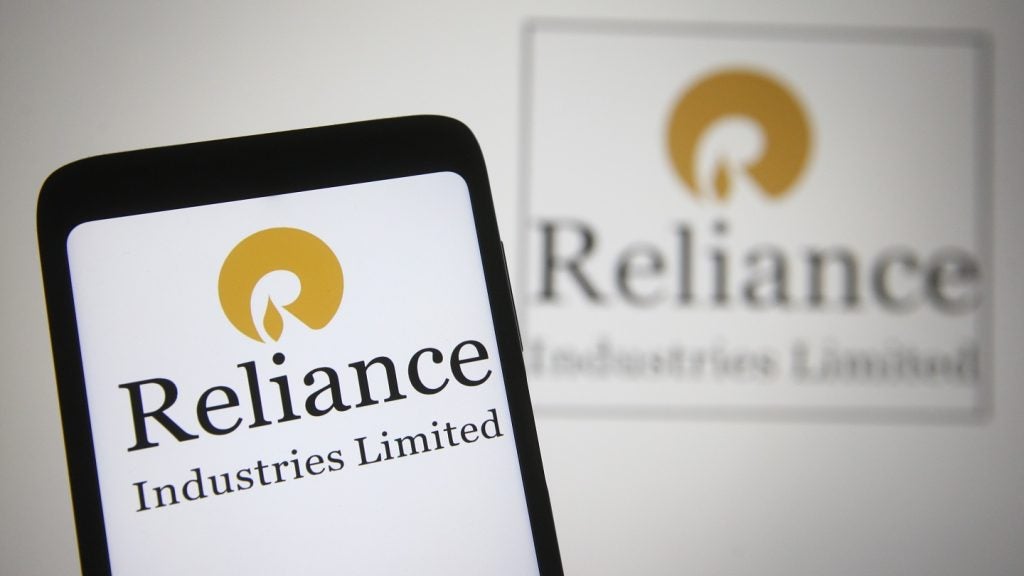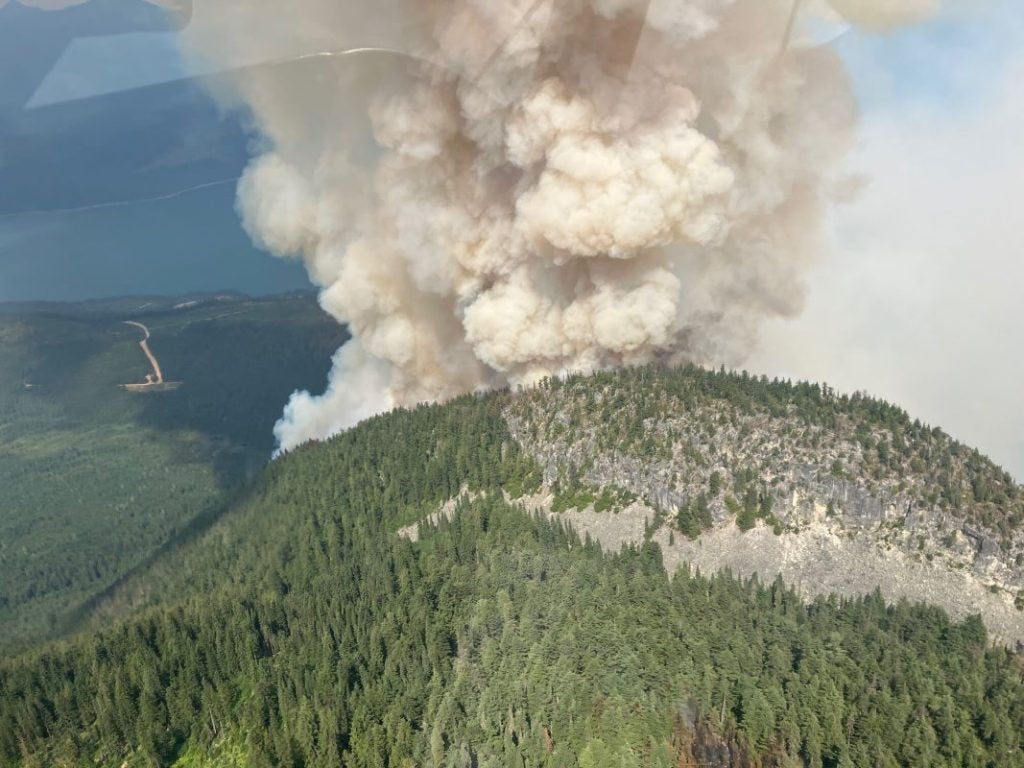Okume Complex is a producing conventional oil field located in deepwater in Equatorial Guinea and is operated by Trident Energy EG Operations. According to GlobalData, who tracks more than 34,000 active and developing oil and gas fields worldwide, the field is located in block Block G and Okume Complex Development Area, with water depth of 2,080 feet. Buy the profile here.
Two expansion projects are associated with the Okume Complex conventional oil field, namely the Okume Infill Development and the Akeng Deep ILX. The expansion projects are currently in the commissioning and feasibility stage.
Field participation details
The field is owned by GEPetrol, Kosmos Energy, Panoro Energy and Trident Energy Management.
Production from Okume Complex
The Okume Complex conventional oil field recovered 87.17% of its total recoverable reserves, with peak production in 2010. Based on economic assumptions, production will continue until the field reaches its economic limit in 2037. The field currently accounts for approximately 4% of the country’s daily output.
Contractors involved in the Okume Complex conventional oil field
The key contractors involved in the Okume Complex project as follows.
Other Contractors: Strohm
For more details on the Okume Complex Conventional Oil Field, buy the profile here.
Data Insights
From

The gold standard of business intelligence.
Blending expert knowledge with cutting-edge technology, GlobalData’s unrivalled proprietary data will enable you to decode what’s happening in your market. You can make better informed decisions and gain a future-proof advantage over your competitors.







